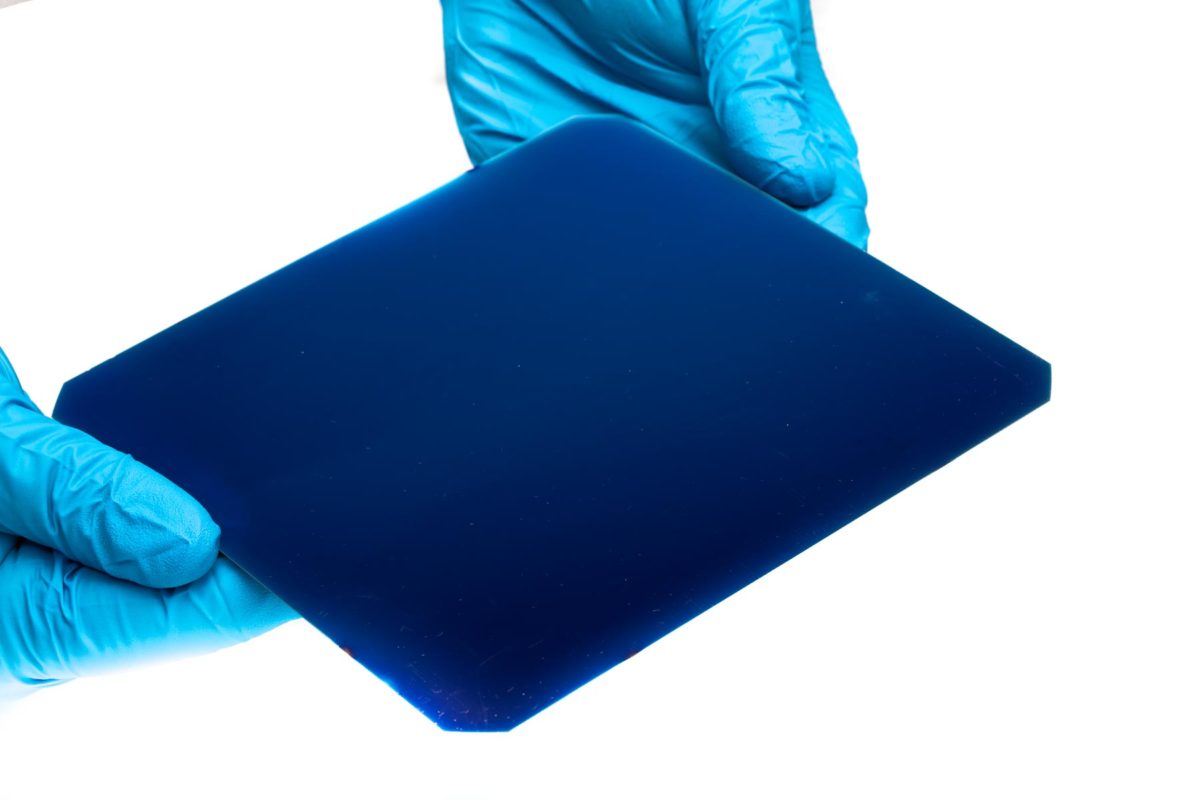From pv magazine Global
Solar modules built with cells based on both-sided contacted technology, such as TOPCon panels, could potentially be replaced by PV modules based on interdigitated back-contacted designs by the end of this decade, according to Radovan Kopecek, the co-founder and director of Germany’s ISC Konstanz.
“This will depend on the fact that the extended use of tunnel oxide passivation for both polarities on a module rear side, as for IBC products, may become the most advantageous option,” Kopecek told pv magazine. “IBC solar modules may drive TOPCon panels out of the market by 2028.”
He said that the transition to IBC products could begin as early as 2025, with products based on both-sided contacts potentially becoming a thing of the past by 2030. He claims that the global market share of IBC modules could increase from around 2% in 2022 to about 6% in 2026, 20% in 2028, and more than 50% in 2030.
“Many Tier-1 manufacturers are already working on IBC besides their TOPCon development,” he said. “As both technologies have very similar aspects like the development of single-sided and fast poly-Si depositions, silver reduction, improvement of quality and costs n-type wafers, the switch will go quite fast.”
In his view, the switch will happen by adding complexity to existing production lines with standard equipment.
“We were extremely surprised in 2012, when we started our bifiPV workshop about the future of bifacial modules in Konstanz, that people did not see that bifacial PV will come with a high impact on the PV market,” Kopecek explained. “Now, in 2022 we are similarly surprised that people do not see that after the upcoming dominance of TOPCon the last evolutionary step to IBC will follow. The next step to tandem is not an evolutionary process anymore but a small revolution. And here I rather believe that it will take a while before this technology will be visible on the market.”
The success of IBC tech will materialize through efficiency improvements and lower production costs, he added.
“The efficiency gains should be ensured by the implementation of poly-Si passivation technology, while lower manufacturing costs should come from the adoption of copper or aluminum metal contacts,” Kopecek said. “We demonstrated already IBC cell efficiencies above 23% with 20mg of silver only using copper or aluminum. However, we believe that the dominancy of silver will continue and the switch will happen only in a yearly 1 TW to 3 TW market starting from 2028, when the PV industry will be forced to switch.”
He said that IBC solar cells have already reached efficiency levels of more than 24.5% and open-circuit voltages close to 730 mV, in comparison to 23% and 685 mV in PERC cells and 24% and 710 mV in TOPCon devices.
“But it is not only about efficiency. It is also about temperature coefficient, degradation, and bifaciality,” he said. “And even if the bifaciality of IBC may be slightly lower compared to TOPCon, front side efficiency, temperature coefficient, and degradation are much more important factors.”
He argued that the cost reduction of n-type wafers, in combination with the implementation of copper and aluminum metallization in IBC cells, could lead to module production costs below $0.20/W.
“At the moment, wafer and metallization costs are the major cost differences compared to PERC technology,” he said.
Kopecek said he also believes that technological advancements could lead to a levelized cost of energy (LCOE) in large ground-mounted solar plants with bifacial IBC panels to less than $0.01/kWh in many parts of the world in the future.
This content is protected by copyright and may not be reused. If you want to cooperate with us and would like to reuse some of our content, please contact: editors@pv-magazine.com.









By submitting this form you agree to pv magazine using your data for the purposes of publishing your comment.
Your personal data will only be disclosed or otherwise transmitted to third parties for the purposes of spam filtering or if this is necessary for technical maintenance of the website. Any other transfer to third parties will not take place unless this is justified on the basis of applicable data protection regulations or if pv magazine is legally obliged to do so.
You may revoke this consent at any time with effect for the future, in which case your personal data will be deleted immediately. Otherwise, your data will be deleted if pv magazine has processed your request or the purpose of data storage is fulfilled.
Further information on data privacy can be found in our Data Protection Policy.